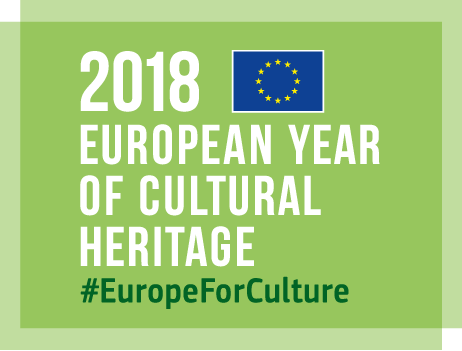May
25
2011
By Finn
2 min to read
 The number one conservation technique which a community group can employ in their local historic graveyard is to record the memorial inscriptions. The relentless action of the elements is slowly eroding all the stone memorials. It is a fact that modern inscription surveys in graveyards previously surveyed in the early twentieth century show that the memorials have a marked deterioration in legibility. The recording of the graveyard memorial inscriptions is also key to unlocking the rich family and social histories contained within historic graveyards.
The number one conservation technique which a community group can employ in their local historic graveyard is to record the memorial inscriptions. The relentless action of the elements is slowly eroding all the stone memorials. It is a fact that modern inscription surveys in graveyards previously surveyed in the early twentieth century show that the memorials have a marked deterioration in legibility. The recording of the graveyard memorial inscriptions is also key to unlocking the rich family and social histories contained within historic graveyards.
As archaeologists we bring our archaeological training to bear on graveyard recording. In our training workshops we constantly emphasise the need for a systematic approach to graveyard recording as opposed to the ‘rush head long into it’ approach. This comes from long experience of working with excavation archives. It can sometimes be a torturous process disentangling and bashing in to some coherent shape the threads of a narrative from a mass of collected excavation data.
 The key to any good excavation archive is the context number and its equivalent in a graveyard survey is the memorial number. This number allows layers of information to be added about a single memorial over time and enables a building block approach to survey completion. Information can be added over time without the need to ‘re-set to zero’ at the start of each concerted recording effort. It also allows for a range of people to pick up and run with the recording process without repetition and duplication.
The key to any good excavation archive is the context number and its equivalent in a graveyard survey is the memorial number. This number allows layers of information to be added about a single memorial over time and enables a building block approach to survey completion. Information can be added over time without the need to ‘re-set to zero’ at the start of each concerted recording effort. It also allows for a range of people to pick up and run with the recording process without repetition and duplication. The graveyard memorial number then is the key to a systematic approach. It also facilitates the database which sits behind the website input forms and gives the entire system its search and find capabilities.
In the Historic Graves system a Level 1 survey consists of giving all the individual graveyard memorials a unique memorial number and recording this number on a sketch plan. The memorials are then photographed and geo-located and the primary name and dates on the memorials are recorded from the photographs and entered into the database. This allows each of the geo-located memorials to be searchable and findable.
 The next stage in the process is the full recording of all the memorial inscriptions. A memorial recording form should always be used at this stage in order to ensure consistency and uniformity. The Historic Graves project have designed a form which is based on the one outlined in the Care, Conservation and Recording of Historic Graveyards Guidelines produced by Camin O’Brien for the Heritage Council. It allows for academic quality survey data to be recorded. The forms fields also equate to the input form used on the Historic Graves website allowing all of the recorded data to be entered into the database in a consistent manner.
The next stage in the process is the full recording of all the memorial inscriptions. A memorial recording form should always be used at this stage in order to ensure consistency and uniformity. The Historic Graves project have designed a form which is based on the one outlined in the Care, Conservation and Recording of Historic Graveyards Guidelines produced by Camin O’Brien for the Heritage Council. It allows for academic quality survey data to be recorded. The forms fields also equate to the input form used on the Historic Graves website allowing all of the recorded data to be entered into the database in a consistent manner.Recording the full inscription and adding detail to the Level 1 survey is the main aim. Unlike the Level 1 survey this can be a time consuming process and will require long hours, however, with a strong community group and a coherent system aided by the recording form and the unique memorial number it is an attainable and rewarding goal. There are some good techniques which can be used to decipher hard to read inscriptions and many that should not be used, however, discussion on that will have to wait for a future post.
An amazingly productive colleague of mine has the following moto displayed above her desk ‘a field never ploughed itself’. So while it is important to have a plan and system in place before starting a graveyard survey it is equally important to just grasp the nettle and begin. So formulate a plan sign up to Historic Grvaes, get logged on to the website and start recording your local historic graveyard memorials and inscriptions.
Blog category:
Blog PDF:



